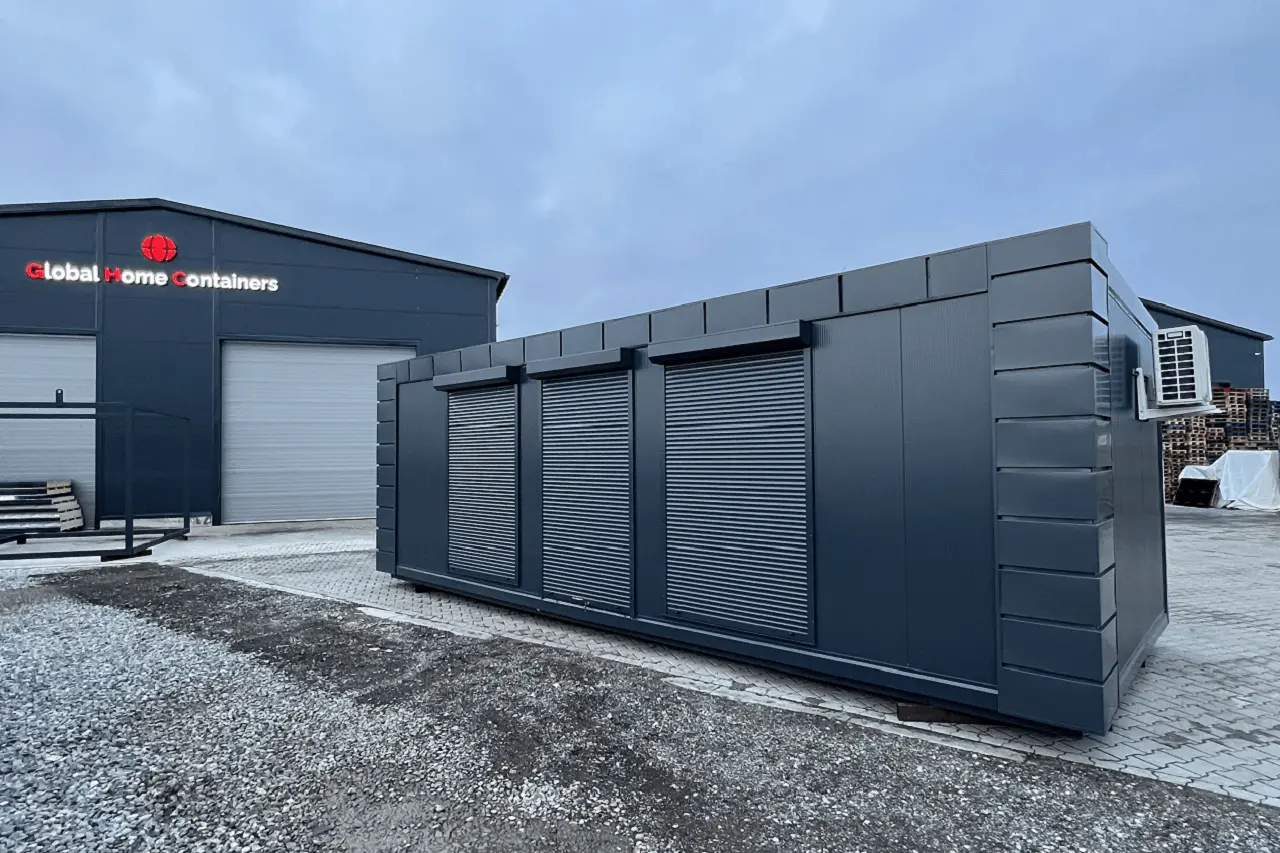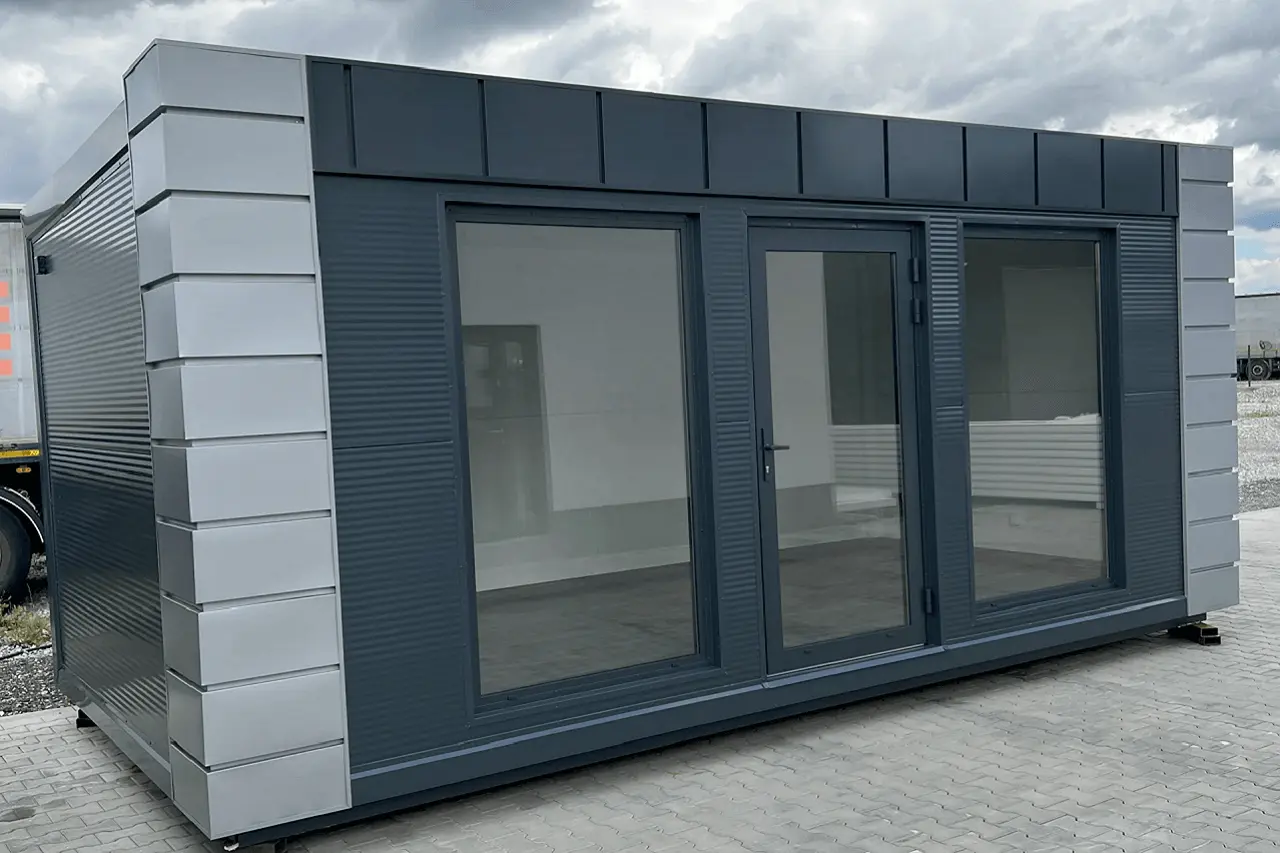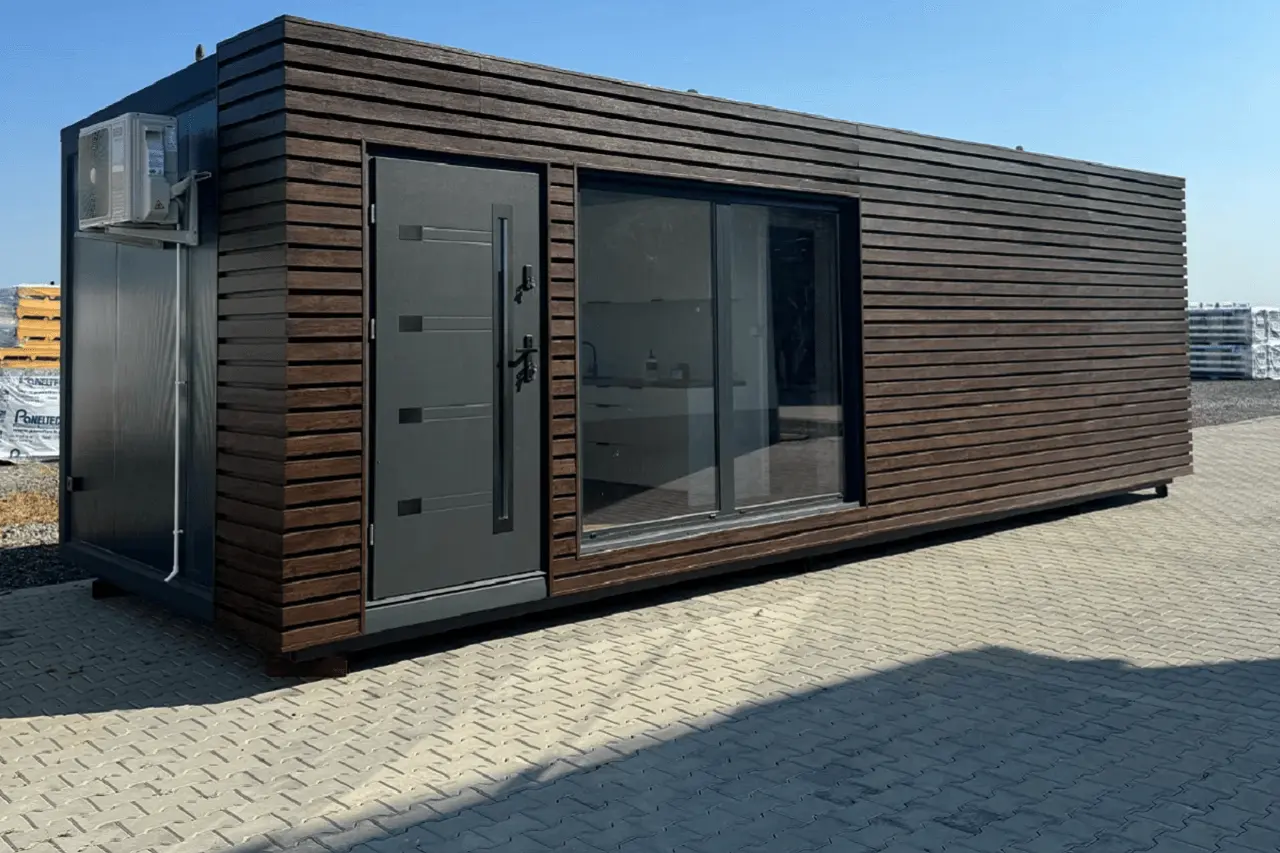Starting a catering business in a container is a creative and practical way to enter the culinary scene with lower overhead costs. Whether you’re a budding chef or an entrepreneur, understanding the essentials of setting up a catering container is essential for turning this venture into a profitable business. This guide delves into everything from choosing the right container and equipment to navigating regulations and marketing your services, providing you with the insights needed to thrive in the mobile catering industry.
Choosing the Right Catering Container
When launching a catering business using a container unit, selecting the right container is crucial to your success. The size of the container plays a significant role in determining your operational capacity and flexibility. A container that is too small might limit your menu options and service capabilities, while an overly large container could lead to unnecessary expenses. It’s essential to evaluate your anticipated volume of business and choose a size that aligns with your business plan, ensuring optimal space utilization while accommodating necessary equipment and staff.
Material choice is another important factor. Containers made from durable materials like steel provide excellent longevity and can withstand various weather conditions, which is essential for a portable catering solution. Additionally, consider the cost implications. While you might be tempted to opt for the cheapest option, investing in a quality container can save money in the long run by reducing maintenance costs. When selecting your catering container, consider the following:
- Weather resistance and durability for long-term use.
- Insulation and ventilation for maintaining food quality.
- Potential for customisation to suit your specific business needs.
By weighing these factors, you’ll be well on your way to establishing a viable and profitable catering container business.
Benefits of a Modular Kitchen Setup
One of the biggest benefits of using a modular kitchen setup in your catering container business is the great flexibility it provides. Unlike traditional arrangements, modular kitchens allow for easy customisation and reconfiguration, enabling you to adapt to varying culinary demands with minimal hassle. This flexibility is especially beneficial in the catering industry, where client needs can often shift. By adopting a modular approach, you can quickly change or expand your kitchen layout, making sure you’re always prepared to handle new challenges and take advantage of opportunities.
Also, the benefits of a modular kitchen setup in saving time and effort are very important. These configurations are designed for optimal workflow, reducing the time and effort required for meal preparation. With strategically placed workstations and equipment, you minimise unnecessary movement, thereby increasing productivity. Additionally, modular kitchens play an important role in portable catering solutions because they help make the most of the available space. Every inch of the container is carefully used, making it simple to manage your business even in small spaces. Using the space well not only improves the quality of your service but also helps your catering business earn more.
Essential Mobile Catering Equipment
Outfitting your catering container with the right mobile catering equipment is essential for making sure operations run without any problems. At the heart of any mobile kitchen are important appliances like commercial ovens, grills, and fryers. These appliances need to be small enough to fit in the limited space of a container, but strong enough to do the job well. They should also save energy and be easy to take care of, helping you lower costs and prevent downtime. Refrigerators are just as important for keeping ingredients fresh and following food safety rules.
In addition to appliances, a well-stocked kitchen requires a comprehensive range of utensils, including high-quality knives, cutting boards, and mixing bowls, which are indispensable for food preparation. These tools should be durable and designed to withstand the rigours of mobile catering. Equally important is efficient storage solutions—shelving units and racks that maximise vertical and horizontal space, allowing for the orderly arrangement of ingredients and equipment. Smart storage is an important part of portable catering solutions, making sure everything you need is easy to reach during busy times. This helps keep your mobile catering business organised and running well.
Regulations and Permits for Mobile Catering
Knowing the legal requirements is important when learning how to set up a mobile catering business using a catering container. One of the first steps involves obtaining the necessary permits and licences, which can vary depending on your location. Typically, you’ll need a food business licence, a street trading licence, and possibly a health and safety certification. These documents ensure that your business complies with local laws and is authorised to operate within designated areas. It’s crucial to research and apply for these permits well in advance to avoid operational delays.
Also, following health regulations is an important must-do for running a successful mobile catering business. This includes maintaining strict hygiene standards, such as regular cleaning of your portable catering solutions and ensuring proper food storage and handling practices. Health inspections may be conducted periodically to ensure compliance, so staying informed and prepared is necessary. Fire safety regulations, including having fire extinguishers and emergency exits, are also essential. By navigating these legal and health requirements properly, you lay a solid foundation for operating a reputable and compliant mobile catering business.
Marketing Strategies for Your Catering Business
Developing successful marketing strategies is essential to the success of your catering container business. Today, it’s very important to have a strong online presence. Begin by making a professional website and using social media to show off your menu, special offers, and positive reviews from happy customers. Sharing interesting content like behind-the-scenes videos or chef interviews can grab your audience’s attention and encourage them to share your posts, helping you reach more people. Using SEO techniques can boost your online visibility, making it easier for potential customers to find your business.
Building connections is an important part of learning how to set up a mobile catering business. Attend local food festivals and industry events to connect with potential clients and other catering professionals. Offering tasting sessions or promotional events can attract new customers and give them a chance to experience your offerings firsthand. Building partnerships with local businesses and event planners can also lead to regular referrals. Additionally, prioritising excellent customer service will foster repeat business and generate positive word-of-mouth, helping you to cultivate a loyal customer base over time.
Scaling your Catering Operations
Once your catering container business is up and running, the next logical step is to consider scaling your operations. Expanding your business doesn’t necessarily mean adding more physical locations. It can also mean improving your current setup to work better and serve more customers. This is where using a modular kitchen setup becomes very helpful. Because it’s so flexible, a modular setup lets you quickly add equipment or change your layout to handle more customers, all while keeping the quality high.
Optimising operations is important for sustainable growth. Investing in technology, such as inventory management software, can help streamline your supply chain and minimise waste. Training your staff to handle different roles in your setup can help make your team work better together. You might also think about adding services like event planning or themed dining to attract more customers. By focusing on these areas, you can grow your business while keeping the high quality your customers expect, which leads to long-term success and good profits. Remember, happy customers are the best way to build a strong reputation.



